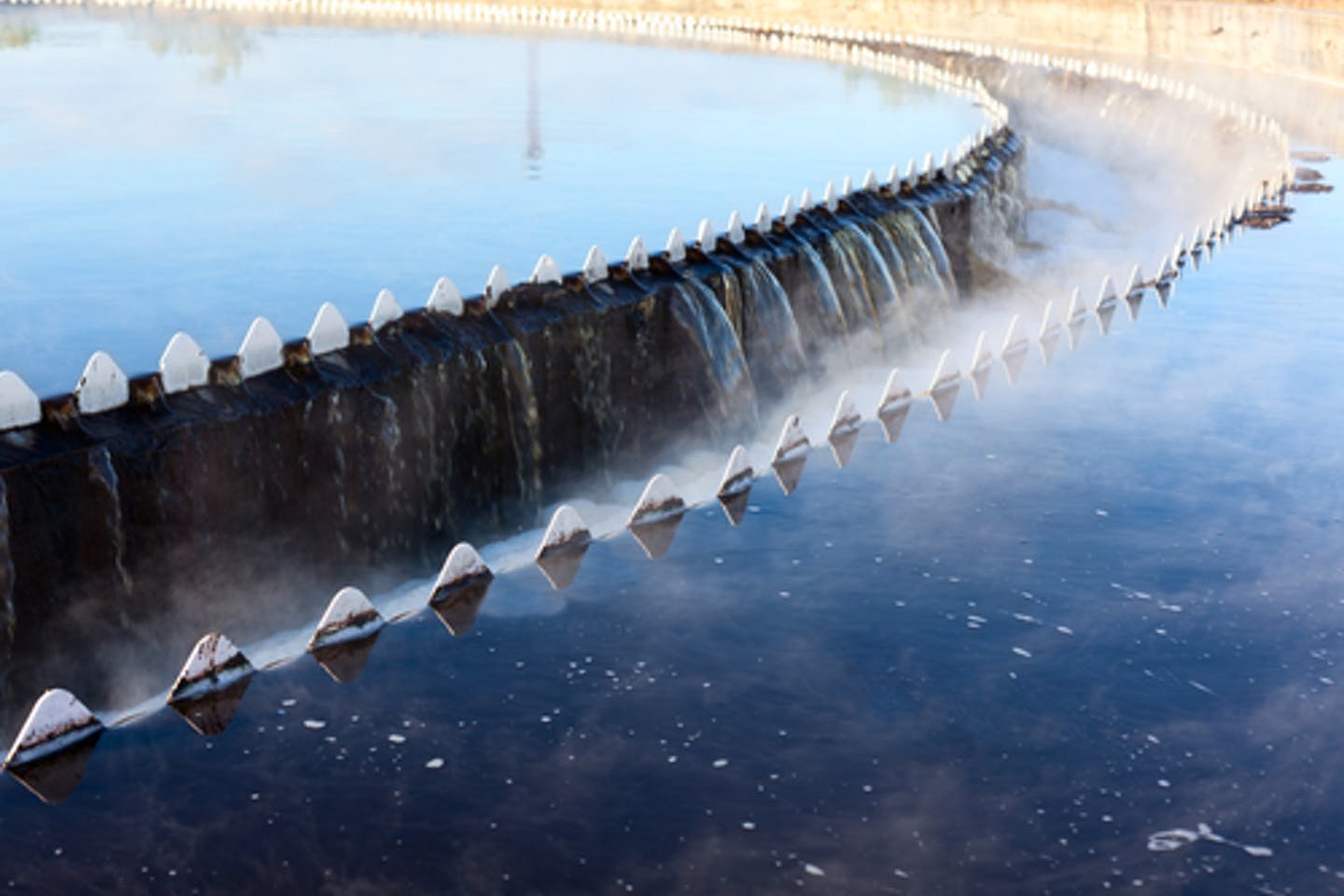Three stages of treating wastewater effluence
Wastewater like sewages and industrial effluence can easily become a menace in the case that there is poor management of the same. Authorities in different states demand that effluence and wastewater be properly managed before treatment, disposal or recycling. There are three stages known for water treatment plants which are the primary secondary and tertiary stages of management with each handling different types of pollutants or challenges. Read on below to find out the three stages of waste water treatment you should know today.
Primary Wastewater treatment
In this stage, effluence or waste water is in a holding tack that allows heavier objects to sediment as the lighter staff float. After sedimentation, water from the tank is discharged strictly ensuring that the solids remain in the tank. The large mechanical scrappers in the tank will also allow for the collection of sludge at the base and then pumping it to the responsible sludge treating facilities. The fluids from the tank proceed to the secondary stage of treatment where other measures are used as discussed below.
Secondary Wastewater treatment
This is a more intense step of cleaning when compared to primary stage. There are a number of process that are applied during this stage to degrade all biological content in the wastewater collected from step one. The treatment of wastewater in this stage happens in three ways which are
• Bio filtration
• Aeration
• Oxidation ponds
Tertiary wastewater treatment
Before being fully recycled for domestic and industrial use, wastewater has to undergo tertiary treatment. In this stage, the quality of the water is improved to be safe it just for use but even disposal should it be the next stage. Pathogens and other harmful substance or chemicals are removed at this stage before the water can be released for reusing or disposal.


